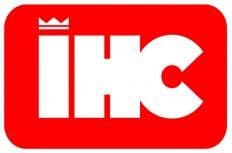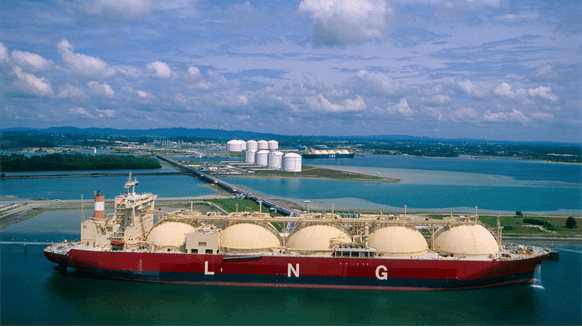OPEC forecasts that the world oil market will be more balanced in the second half of 2016 as outages in Nigeria and Canada help to speed up the erosion of a supply glut.
The Organization of the Petroleum Exporting Countries pointed in a monthly report to supply exceeding demand by just 160,000 barrels per day (bpd) in the second half. A surplus of 2.59 million bpd in the first quarter sent prices to a 12-year low.
Oil has risen to $50 a barrel from the 12-year low of $27 in January as the outages curb excess supply. These, say OPEC, are accelerating a tightening in the market it expected to happen anyway, as lower prices finally take their toll on higher-cost supply outside the group.
“The excess supply in the market is likely to ease over the coming quarters,” OPEC said in the report, published on Monday.
“Shutdowns in Nigeria and Canada tightened the oil market markedly and brought supply and demand more closely into alignment earlier than many had expected, bolstering prices.”
But OPEC cautioned: “Nevertheless, there is still a massive global supply overhang.”
Prices collapsed from $100 two years ago in a drop that deepened after OPEC refused to cut output, hoping lower prices would curb rival supply. With signs the strategy is working, OPEC at a June 2 meeting made no change to its output policy.
The price drop is hitting non-OPEC supply as companies have delayed or cancelled projects around the world. OPEC forecasts supply from outside producers will decline by 740,000 bpd in 2016 led by the United States, unchanged from last month.
OPEC supply had been climbing since the 2014 policy shift, reaching its highest since 2008 in April. But output fell by 100,000 bpd in May to 32.36 million bpd led by Nigeria, the report said citing secondary sources.
With demand for OPEC crude expected to rise to an average of 32.52 million bpd in the second half as non-OPEC supply falls and seasonal demand rises, OPEC’s report points to excess supply of 160,000 bpd if the group keeps pumping at May’s rate.
OPEC stuck with a forecast that world oil demand will rise by 1.20 million bpd this year.
The next closely watched report on global oil supply and demand is due on Tuesday from the International Energy Agency.









